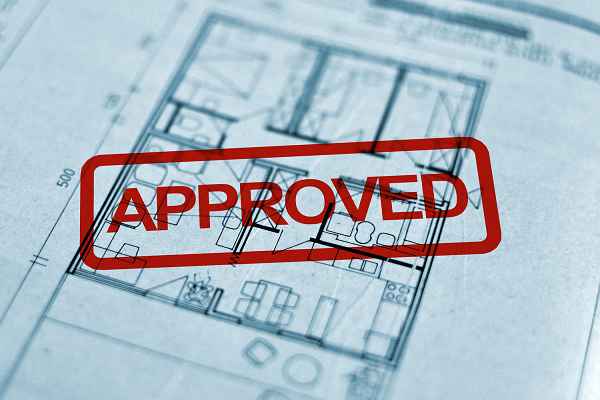Key Changes to Planning Permission Over the Past 70 Years

Understanding where planning permission rules came from and why they exist holds the key to making sense of them in a modern context. Right now, estimates suggest that at least 300,000 new homes need to be built every year for the next decade, just to ensure the government meets its own lofty housing targets.
In reality, the likelihood of this actually occurring is practically zero.
Critics believe that sweeping changes to planning permission rules and general building regulations could hold the key to turning around the UK’s escalating housing crisis. Whether any such alterations come about remains to be seen, as many developers and construction companies continue to find themselves blighted by overly complex rules and regulations.
A brief history of planning permission
As the Second World War drew to a close, the reconstruction of towns and cities across Britain became the government’s top priority. Plans were also drawn up for developing entirely new towns and cities from scratch.
To get things started, the 1946 New Towns Act established a programme for the development of new towns. This resulted in several areas of the country being designated for new town and city projects, the first of which would emerge as Stevenage.
However, the 1947 Town and Country Planning Act followed soon after, placing heavy restrictions on where rapid urbanisation of rural spaces would be permitted. At this point, planning permission needed to be issued by local councils for any developments to proceed.
In 1955, conservative minister Duncan Sandys requested that local councils prohibit the development of new residential zones on the edges of towns and cities, so as to:
A: Check the further growth of a large built-up area.
B: Prevent neighbouring towns from merging into one another.
Preserve the special character of a town.
From the 1990s
There was a moderate easing of planning permission restrictions in the 1990s, or when the Town and Country Planning Act had been updated. At this point, it would only be necessary to apply for planning permission for projects that formerly met the definition of “development”. Things like changes in the primary use of land or buildings, interior alterations, and projects that do not alter the external appearance of buildings could all be performed without applying for approval.
A General Permitted Development Order was implemented in 1995, providing even greater scope and flexibility for developers. Later in 2013, the government acknowledged that the need for residential spaces across the UK should prompt a rethink of current restrictions.
The rules were modified once again, and the conversion of certain commercial properties into residential homes became exempt from planning permission guidelines. However, some of the country’s less reputable and responsible “cowboy” developers exploited the new freedoms, creating tiny and uncomfortable flats out of office spaces that were never meant to accommodate residents full-term.
Recent changes to planning permission
Most of the recent changes to planning permission rules have focused on raising residential standards. New rules were introduced towards the tail end of the COVID-19 crisis to allow more types of commercial conversions, including the repurposing of medical facilities and gyms into residential units.
As things stand, anyone looking to build something new, make significant changes to an existing building, or alter the main use of a building needs to apply for planning permission. None of which is helping new and aspiring developers get their projects off the ground, but there is at least a dedicated Planning Portal now, which is designed to simplify the process of obtaining planning permission.
